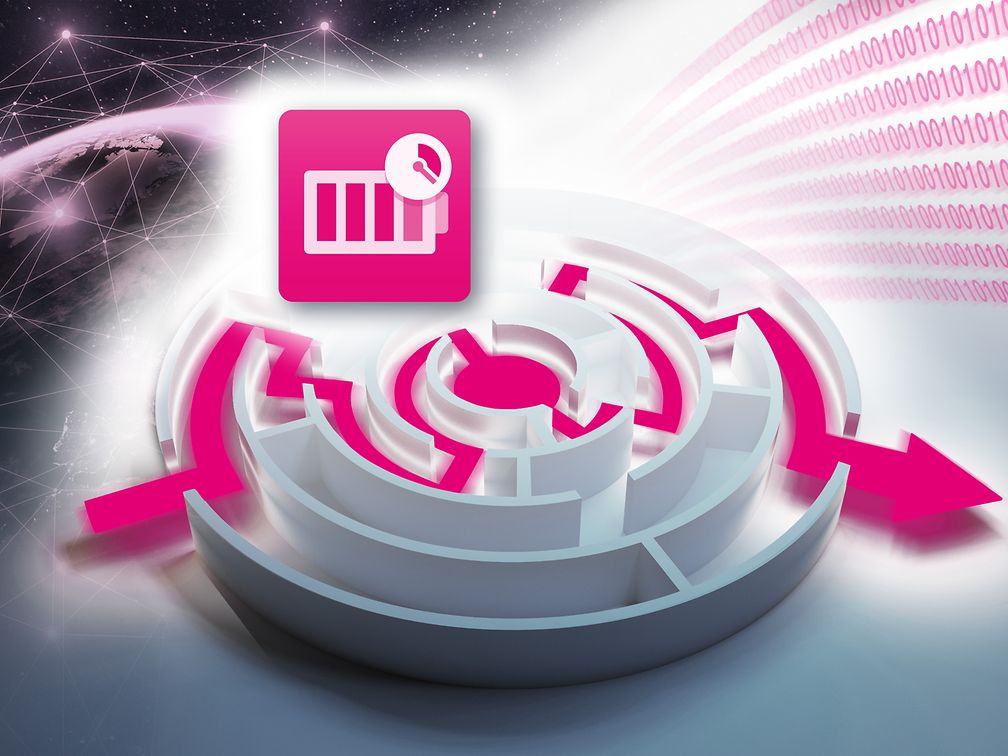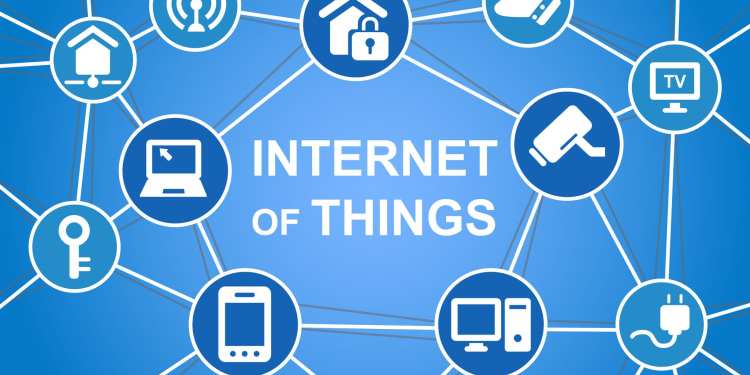- Details
- By Berge Ayvazian
- Blog
The following is the first in a series of blog posts based on a recent presentation I was invited to make for the FCC’s Artificial Intelligence Working Group (AIWG) focusing on the Synergy Between AI, 5G and IoT.
I was asked for my expert opinion on what is real, what is hype and my opinion of the maturity of AI technology.
www.aitrends.com/ai-and-5g/synergy-between-ai-5g-and-iot-yields-intelligent-connectivity
AI Will Drive Dramatic Breakthroughs in 5G Networks
The major US mobile operators are all deploying their 5G networks in 2020, and each one claims that AI and machine learning will help them proactively manage the costs of deploying and maintaining new 5G networks. AT&T recently outlined the company’s blueprint for leveraging artificial intelligence and machine learning (ML) to maximize the return on its 5G network investment. AT&T’s Mazin Gilbert sees a “perfect marriage” of AI, ML and software defined networking (SDN) to help enable the speeds and low latency of 5G.


